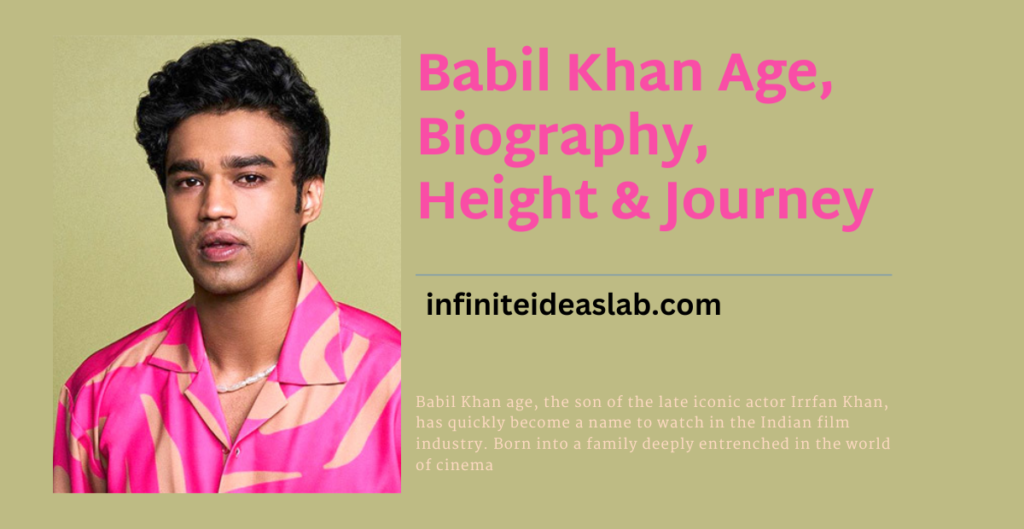In the digital age, photography has evolved dramatically, leading to a plethora of styles and genres. One such niche that has garnered attention, both positive and negative, is downblouse photography. This style involves capturing images of individuals, often women, from a low angle, creating a view that can be considered voyeuristic. In this blog post, we will explore what downblouse photography entails, the cultural and ethical implications surrounding it, and how it fits into broader trends in photography and media.
What is Downblouse Photography?
Downblouse photography refers to a specific type of image capture where the subject is photographed from below, typically focusing on the upper body and chest area. The term originated from the practice of photographing women in such a way that the angle provides a view into their clothing, often leading to the exposure of cleavage or, in some cases, more explicit content. While downblouse images can be taken in a candid manner, they can also be staged or set up intentionally.
The Origins of Downblouse Photography
The origins of downblouse photography can be traced back to the advent of portable cameras and the rise of candid photography in the late 20th century. With the introduction of smartphones, the ease of capturing images in discreet settings has amplified this trend. However, the practice raises significant ethical concerns regarding consent and objectification.
Also Read : Buildapcsales: Your Ultimate Guide to Building and Buying Custom PCs
The Cultural Impact of Downblouse Photography
Mainstream Media and Pop Culture
Downblouse photography has found its way into mainstream media and pop culture, often depicted in movies, television shows, and social media. This representation can influence societal attitudes toward women’s bodies and sexuality, often perpetuating stereotypes and objectification. For example, films and TV shows that include scenes of downblouse photography may normalize the behavior, making it seem acceptable or even desirable.
Social Media Platforms
Social media platforms have become a breeding ground for various forms of photography, including downblouse images. Hashtags related to this genre can lead to a proliferation of such content, making it easily accessible. However, this raises questions about the responsibility of social media companies in moderating content that may infringe on privacy and consent.
The Ethical Implications of Downblouse Photography
Consent and Objectification
One of the most significant ethical concerns surrounding downblouse photography is the issue of consent. Many images are captured without the subject’s knowledge or permission, leading to a violation of privacy. This can be particularly troubling in public settings where individuals may not expect to be photographed in a vulnerable manner.
Objectification is another critical issue, as downblouse photography often reduces individuals to their physical attributes rather than recognizing their full humanity. This can contribute to harmful societal standards regarding beauty and self-worth, particularly for women who may feel pressured to conform to specific ideals.
The Legal Landscape
The legality of downblouse photography varies by jurisdiction. In many places, capturing images of someone without their consent may fall under voyeurism laws or other privacy regulations. However, the interpretation of these laws can be complex, and enforcement can be inconsistent. Some individuals may find themselves facing legal repercussions, while others may go unpunished.
Personal Perspectives on Downblouse Photography
The Viewpoint of Photographers
Photographers who engage in downblouse photography may argue that it is an art form, expressing a particular aesthetic or concept. They might claim that their work challenges societal norms or encourages discussions about beauty and sexuality. However, this perspective often overlooks the potential harm caused by the objectification and lack of consent involved.
The Viewpoint of Subjects
On the other hand, individuals who have been photographed in a downblouse manner often express feelings of violation and discomfort. Many report experiencing anxiety or distress upon discovering such images online, particularly if they were taken without consent. This highlights the need for greater awareness and respect for personal boundaries in photography.
Also Read : Reddy Book Club Login: A Comprehensive Guide | Buildapcsales: Your Ultimate Guide to Building and Buying Custom PCs
Alternatives and Responsible Practices
Encouraging Respectful Photography
To counter the negative implications of downblouse photography, it is essential to promote respectful photography practices. This includes obtaining explicit consent from subjects before capturing images and being mindful of how those images will be used. Photographers can seek to portray individuals in empowering ways that celebrate their full humanity rather than reducing them to mere objects.
Exploring Empowering Photography
There are numerous ways to explore the themes of beauty and sexuality in photography without resorting to voyeurism. Empowering photography focuses on capturing subjects in a way that uplifts and celebrates them. This can include portraits that highlight personality, emotion, and individuality, rather than merely physical attributes.
The Role of Education and Awareness
Raising Awareness About Consent
Education plays a critical role in addressing the issues surrounding downblouse photography. By raising awareness about consent and privacy, individuals can better understand the implications of their actions. Workshops, discussions, and educational campaigns can help foster a culture of respect in photography and media.
Encouraging Critical Media Literacy
In addition to consent education, fostering critical media literacy is vital. Teaching individuals to analyze and critique the media they consume can help combat harmful stereotypes and objectification. By encouraging critical thinking, we can empower individuals to question societal norms and advocate for positive change.
The Future of Downblouse Photography
Changing Trends in Photography
As society evolves, so do trends in photography. The conversation surrounding downblouse photography is part of a broader discussion about representation, objectification, and the ethics of image capture. Movements advocating for consent and respect in media may lead to a decline in voyeuristic practices and a shift toward more ethical photography.
The Impact of Technology
Advancements in technology will also shape the future of downblouse photography. As camera technology becomes more sophisticated and accessible, the potential for capturing candid images increases. This necessitates ongoing discussions about ethics, privacy, and consent in an era where images can be shared and disseminated instantly.
Conclusion
Downblouse photography serves as a compelling case study of the intersection between art, ethics, and culture. While it can spark discussions about beauty and sexuality, it also raises significant concerns about consent, objectification, and privacy. By promoting respectful practices and fostering education around these issues, we can work towards a future where photography uplifts and empowers rather than objectifies and diminishes. Engaging in these conversations is crucial for creating a more respectful and understanding society, where individuals are recognized for their full humanity, not just their physical appearance.
In navigating the complexities of photography in the digital age, it’s essential to remain vigilant and ethical. Whether as photographers, subjects, or consumers of media, we all share the responsibility to advocate for a culture that prioritizes respect, consent, and empowerment.
Also Read : Reddy Book Club Login: A Comprehensive Guide | Buildapcsales: Your Ultimate Guide to Building and Buying Custom PCs| Jowai Ladrymbai Teer Result: Insights, Trends, and Implications
FAQs
1. What is downblouse photography?
Downblouse photography refers to images captured from a low angle that provide a view into a person’s clothing, often emphasizing the chest area. This practice can be candid or staged.
2. Is downblouse photography legal?
The legality of downblouse photography varies by jurisdiction. In many places, taking photos of someone without their consent may violate privacy or voyeurism laws. It’s essential to understand local regulations.
3. What are the ethical concerns surrounding downblouse photography?
Key ethical concerns include the lack of consent, potential objectification, and violation of privacy. Such practices can reduce individuals to their physical attributes, contributing to harmful societal standards.
4. How can I protect my privacy from downblouse photography?
To protect your privacy, be aware of your surroundings when in public, and consider your clothing choices. You can also report unauthorized images if they are shared online without your consent.
5. What should I do if I find downblouse images of myself online?
If you discover unauthorized images of yourself, consider contacting the platform to request their removal. You may also want to seek legal advice if you believe your privacy has been violated.
6. Are there alternatives to downblouse photography?
Yes, photographers can explore empowering photography that focuses on celebrating the subject’s personality and individuality without resorting to voyeurism. Consent-driven projects can create more respectful representations.
7. How can photographers engage ethically with their subjects?
Photographers should always obtain explicit consent before capturing images, discuss how the images will be used, and prioritize the comfort and autonomy of their subjects.
8. What impact does downblouse photography have on society?
Downblouse photography can perpetuate harmful stereotypes and contribute to the objectification of individuals, particularly women, impacting societal attitudes toward body image and self-worth.















